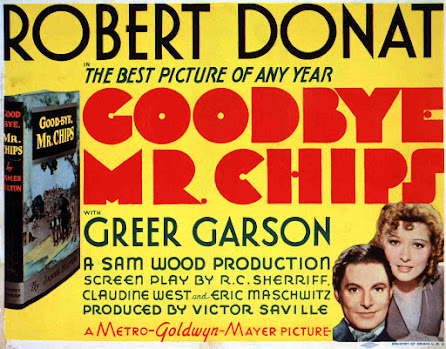Ladies in Retirement (1941) is an American gothic suspense film directed by Charles Vidor and starring Ida Lupino and Louis Hayward. The movie was based on the play of the same name by Reginald Denham and Edward Percy. The cinematography was by George Barnes who won an Academy Award the previous year for his work on Alfred Hitchcock’s Rebecca.
 |
The plot involves Ellen Creed (Lupino), a middle-aged spinster who is forced to work as a housekeeper/companion to Miss Leonora Fiske (Isobel Elsom), a wealthy retiree and former chorus girl in her youth. Ellen gets a letter about her two sisters Emily (Elsa Lanchester) and Louisa (Edith Barrett) who are a bit odd, to put it mildly. The letter threatens to evict the sisters and send them to an institution.
Ellen suggests to Miss Fiske that her two sisters come for a visit. The visit turns disastrous with Miss Fiske ordering the sisters and Ellen to leave her home. To complicate matters, Albert Feather (Hayward), a distant relative shows up at the most inopportune moment.
Charles Vidor (1900 – 1959) was a Hungarian film director whose career started during the early days of talking pictures. Vidor is most famous for the work he did under contract to Columbia Pictures including Ladies in Retirement (1941), Cover Girl (1944), Together Again (1944), A Song to Remember (1945), and Gilda (1946). After leaving Columbia, Vidor directed Hans Christian Andersen (1952) for Sam Goldwyn, Love Me or Leave Me (1955) for M-G-M, and The Joker is Wild (1957) for Paramount. Vidor suffered a heart attack and died three weeks into filming.
George Barnes (1892 – 1953) was an American cinematographer who began his career during the silent era and worked into the early 1950s. Barnes was competent in both black and white and color cinematography. He won an Academy Award for his black and white photography in Alfred Hitchcock’s Rebecca (1940). Some other films Barnes photographed include Jesse James (1939), Meet John Doe (1941), Jane Eyre (1944), Spellbound (1945), Samson Delialah (1949), and The War of the Worlds (1953).
 |
| Lupino and Hayward at home with their dog |
Ida Lupino (1918 – 1995) was an English-American actress, director, and producer. She appeared in over 50 films and was one of Warner Bros.’s biggest contract players during the 1940s starring in High Sierra (1941), The Sea Wolf (1941), and The Man I Love (1947). After she left Warner Bros., Lupino formed her own production company, producing, writing, and directing films that tackled subjects the big studios wouldn’t touch. During the 1950s, Lupino was the only female director working in Hollywood. She directed several small independent films but really made a name for herself directing for television. Lupino directed episodes of The Twilight Zone (starred in one too), The Rifleman, Bonanza, Gilligan’s Island, It Takes a Thief, Family Affair, and Columbo. In 1966, she directed her one-and-only big-budget studio picture, The Trouble with Angels starring Rosalind Russell and Haley Mills.
 |
| Charles Laughton visits the set of Ladies in Retirement |
Louis Hayward (1909 – 1985) was a British-American actor. He worked on the London stage under the tutelage of Noel Coward. He made some films in England in the early 1930s and came to Broadway in 1935 working with Alfred Lunt and Lynn Fontanne in Noel Coward’s Point Valaine. His Broadway fame brought him to Hollywood where he was cast in some minor roles before getting starring roles in The Man in the Iron Mask (1939), My Son, My Son! (1940), and The Son of Monte Cristo (1940). Hayward was married to Ida Lupino from 1938 to 1945.
Ladies in Retirement trivia:
- Ida Lupino and Louis Hayward were married during the filming.
- Rosalind Russell was originally announced as the film’s lead.
- Lupino was 23 playing a woman in her mid-40s.
- The film was nominated for two Academy Awards: Best Art Direction-Interior Decoration, Black-and-White; Best Music, Scoring of a Dramatic Picture
To watch the film, click on the YouTube link below.
To join us on November 3, 2020, at 6:30 p.m. for a discussion on Zoom, visit the Chicago Film Club Meetup page.
Questions for discussion:
- What genre would you classify this film?
- Did Ida Lupino make a credible middle-aged woman?
- Why do you think Miss Fiske gave money to Albert?
- What did you make of the two “batty” sisters?
- Did you have any sympathy for Ellen?










